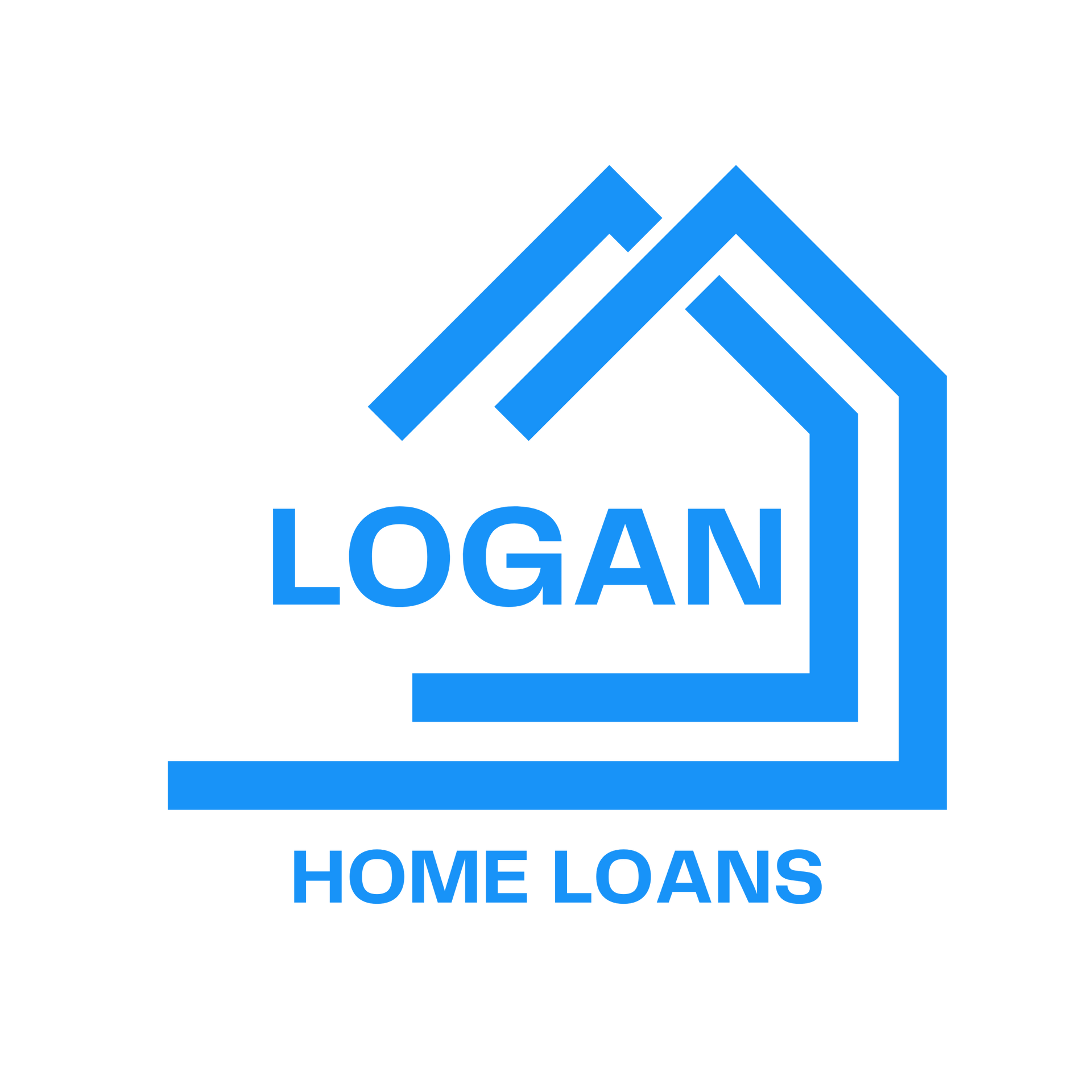Investment Loans
Sliding into your second property? Adding to your self managed fund? Looking at your cash flow or capital growth? Whatever your next step, we’re here to take out the hurdles.
The process.
Whether it’s your first time or you’ve done this before, familiarise yourself with the ins and outs of investment borrowing.
List of Services
-
1. Say helloItem Link
Your next investment starts by taking one minute to answer a few questions right here. After that, we’ll meet to discuss your goals, in person or online.
-
2. The hunt beginsItem Link List Item 2
To find the most suited lenders, we’ll discuss your options and borrowing power. An existing property can be used as equity, which means you may not need as much deposit as you first thought.
-
3. Down to businessItem Link
Found a lender? Great stuff. We’ll do the paperwork to package, sign and lodge your documents.
-
4. The go aheadItem Link List Item 4
Once pre-approved, your borrowing power will be revealed. Now you can make an offer on your next investment.
-
5. The hard yardsItem Link
You’ve made your move and have just secured a property, all that’s left is the paperwork, which you can leave to us. We will work overtime to ensure your property is accepted by the bank. Grab a sharpie, because a settlement date will then be set in place.
-
6. It doesn’t get bigger than thisItem Link
It’s settlement time! We’ll coordinate with your solicitor or conveyancer and the lender, in line with the date on the contract. Once the settlement takes place, pop the champagne because you’ve just won the property game.
Loan types and features.
There are a number of loan types available to you; variable rates, fixed rates, guarantor loans and more, scroll through some of the options below to get a better understanding of what the differences are. We’re here to answer your questions when you’re ready.
Variable rate loan
As the name suggests, the interest rate can change over the life of the loan. This gives you flexibility, but can also leave you open to rate rises. These loans offer more flexible features like unlimited additional repayment, redraw, and offset account.
Fixed rate
Basically, this is the opposite of a variable rate loan. Your interest rate and repayments will stay the same during the fixed term, no matter what. So no surprises.
Split loan
You're able to fix part of your loan, while leaving the rest variable.
Packaged loan
Professional packages offer discounts on standard variable and fixed rates, the waiving of fees, and in some cases, great deals on other products from the same lender. A packaged loan usually comes with one annual fee for the bundled products.
Introductory rate loan
Also known as 'honeymoon' loans, these offer a low interest rate for a short period [e.g. a year], after which the rate moves to the standard variable rate.
Interest only loans
As the name suggests, you only pay the interest on the principal balance for a set term, with the principal balance unchanged.
Why refinance.
There are many reasons why people choose to refinance. Lenders rarely reward customers for being loyal, so it’s a good idea to regularly check to see if there is a better-suited loan for you. Some benefits can include:
List of Services
-
RentvestingItem Link
The freedom of renting meets the stability of owning. ‘Rentvesting’ is a popular strategy for first time investors. Basically, you’re investing while you rent. Stay in the suburb you want, while owning an investment somewhere else.
-
Use your home to buy anotherItem Link List Item 2
If you already have a home, you can use its equity to top up your deposit. Don’t forget, equity is not free money. When you access your equity your loan balance will increase and so will your repayments.
-
Positive and negative gearingItem Link
What’s the difference between the two, and which is right for your investment property?
Positive gearing is when your total rental income is MORE than the cost of owning and managing the investment property (loan repayments, interest, maintenance, management fees, etc). To put it simply, your property props up finances.
Negative gearing is the opposite. It’s when your total rental income is LESS than the cost of owning and managing the investment property, leaving you to make up the difference in payments.
Positive gearing allows you to have an increased income and generally won’t put you out of pocket. However, you will be taxed on any additional cash from your investment.
With negative gearing you can claim tax deductions on expenses related to owning your investment property. The capital growth on the property will also eventually outweigh the expenses as the property grows in value overtime.
Like the names suggest, there are pros and cons for both situations, so it’s important to get the right advice on which one is better suited to you.
Calculators.
Use these calculators to help you understand your borrowing power and calculate how much stamp duty you might need to pay.
FAQs about
investment
loans.
-
What fees should I be aware of when purchasing a property?
There are several fees that often aren’t discussed in length when buying a property. These include stamp duty, pest and building inspections and mortgage registration and transfer fees. Get in touch with me today for an up-front conversation about all the hidden fees.
-
Can I use equity to buy an investment property?
Absolutely! You can use your existing home to buy your investment without needing to dive into your savings. This equity can be used for various different reasons, such as a deposit, bonds, renovations or to take out a line of credit.
-
How do I choose the right kind of investment loan?
The ideal loan should maximise your goals for cash-flow and capital growth. One of the first considerations for your loan is will it have a fixed or variable interest rate? Different lenders also play a part as they all offer different loan options. I can help you understand your options and find the right loan with the right features to save you both time and money.
Ask us a question. We're here to help!
We will get back to you as soon as possible.
Please try again later.
Home Loans
Other Loans
More
Calculators & Tools

We're here to help. Contact us | Call 1300 33 00 30
Lilem Pty Ltd (t/as Logan Home Loans) ACN 648695505 is a referrer based business that works with a group of qualified brokers.
Privacy Policy l
Feedback & Complaints l
Terms and Conditions
The information provided on this site is on the understanding that it is for illustrative and discussion purposes only. Whilst all care and attention is taken in its preparation any party seeking to rely on its content or otherwise should make their own enquiries and research to ensure its relevance to your specific personal and business requirements and circumstances.
All Rights Reserved | Logan Home Loans
